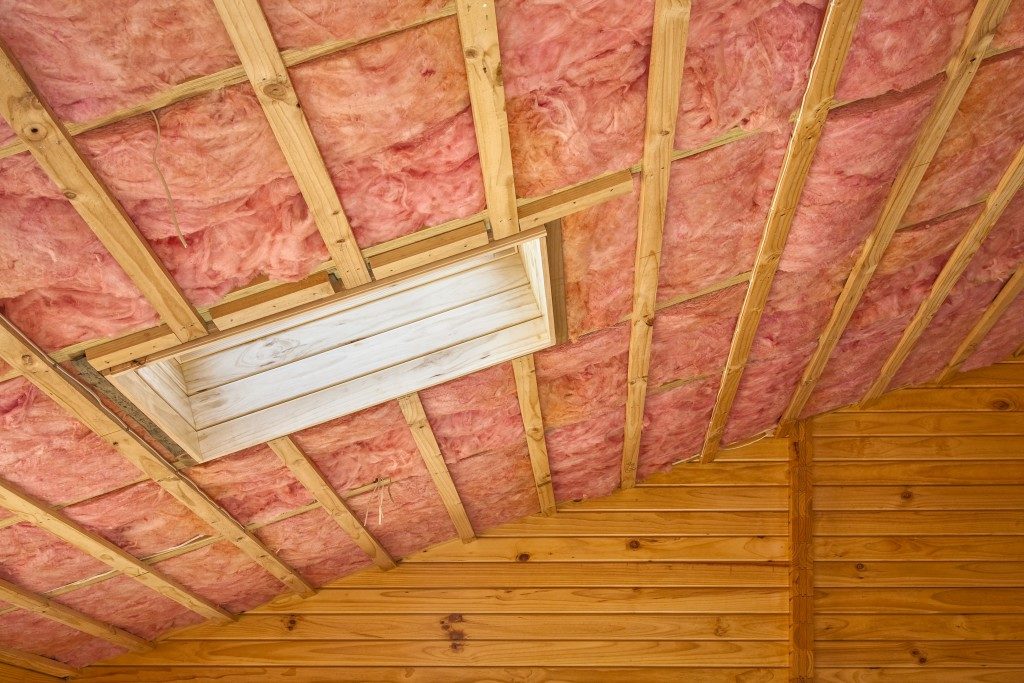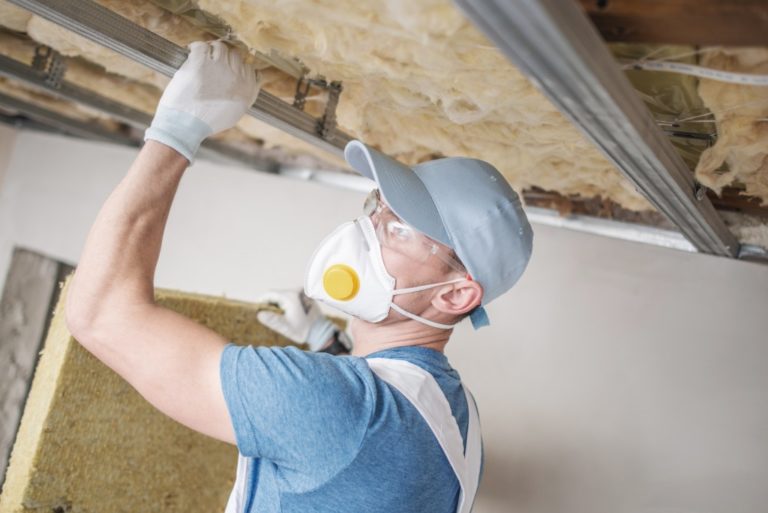Are you worried about your high electricity bills, but couldn’t help running the heater longer because some of your rooms are too cold for comfort? Are you thinking of adding another layer of insulation to solve this problem?
Be careful; you might end up over-insulating your home. Even if you’re using your trusted A+ insulations, it would be best to know the downside of insulation before venturing on a DIY project.
What is over-insulation?
Is there such a thing? One camp says no, the other says yes. For those who say there is, over-insulation happens when:
- You insulate your home without considering ventilation
- You insulate incorrectly by just putting excessive stuffing or layering material
As we discuss insulation in detail, you’ll understand why the other camp says there’s no such thing.
Poor ventilation
There are three essential parts of a house that you need to insulate—the roof, the walls, and the foundation. But insulating them may not be enough to prevent cold drafts. You also need to seal the basement or attic to prevent cold air from entering or warm air from escaping, parts of the house where air leaks, and ductwork.
Unfortunately, as you try to seal more holes, gaps, and leaks, you may end up covering everything, ending up with poor ventilation. Doing so will keep moisture trapped inside, causing mold and mildew to grow. The house has become too sealed up that it couldn’t “breathe.”
Although a tightly insulated home helps its residents endure the coldest or warmest months of the year, the people are at risk of unsanitary indoor air or allergies caused by mold. It’s important to keep ventilation in mind when insulating your property. Here are a few ways to do this:
- Keep air vents open — The vent in your attic allows your home to breathe. If insulation material blocks it, the air in your home won’t flow properly, and moisture will gather where your fiber insulation is.
- Seal the attic roof deck using spray foam – Sometimes, people block air vents on purpose to seal the attic. Doing so prevents vertical airflow, which causes cold air to enter the house but not leave. If you need to seal the attic, do it with spray foam, which reduces moisture accumulation.
- Put vents for your crawl space – Insulating your basement crawl space to keep your home warm during winter can reduce airflow by over 90 percent. But installing vents that you can keep closed during winter and open during summer can prevent moisture (and mold) buildup during summer without sacrificing winter warmth.
- Install vapor barriers together with your insulation – You can do this for your attic ceiling, in the crawl spaces, and ductwork. Vapor barriers prevent moisture from condensing and inviting mold and mildew growth on walls, ceilings, attics, crawlspaces, and roofs.
- Use an air exchanger or heat recovery ventilator (HRV) or devices that replace stale air with fresh air – These devices can reduce high humidity and unpleasant odors.
Stuffing and layering

Now, this is why the other camp says there’s no such thing as over-insulation. There are different kinds of insulation, and there’s a proper way to use each type. You might assume that by merely layering any insulation material more, you can get better results.
For some insulation materials, that is true, so over-insulation doesn’t exist. But for other types, it might be the opposite, and too much insulation could harm the home. When it comes to insulating your property, it’s really a matter of ‘what’ instead of ‘how much.’
For example, your fluffy fiberglass batt insulation comes in different R-values and dimensions that fit specific wall areas and depth. Squeezing in more material into a smaller space will not give you a higher R-value. Rather, it could diminish its efficiency. If you need higher-density batt insulation for smaller spaces, you need to get different batt insulation with the right specification.
When it comes to layering insulation, there is also the rule of diminishing results. After 500 mm of insulation, you’re better off improving your windows, doors, and joints. Consult a professional to learn the best material to use in your house.
When it comes to insulation, more isn’t always better. If you put the right amount in the right places while making provisions for better ventilation, you can enjoy the benefits of a well-insulated home, minus the downsides of over-insulation.




